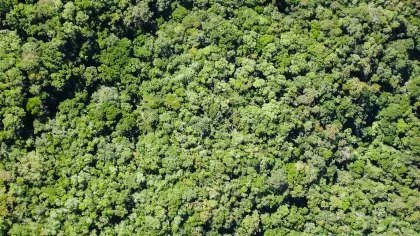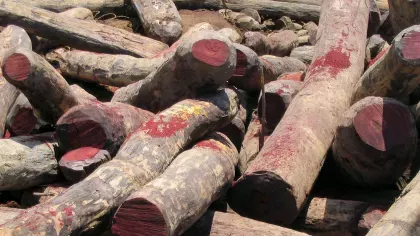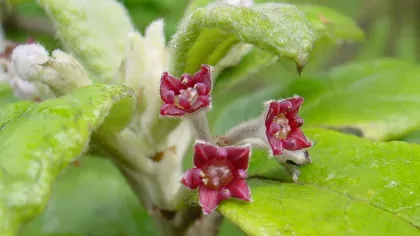20 September 2019
Fighting against extinction through trade regulation
Our CITES team report back on the outcomes of the World Wildlife Conference.

Last month we joined 169 governments, the EU, journalists, traders, non-governmental organisations, intergovernmental organisations and many more, in Geneva at the World Wildlife Conference. All had a shared goal: to help fight the extinction crisis by enhancing wildlife trade regulations.
What is the World Wildlife Conference?
The World Wildlife Conference is known as the 18th meeting of the Conference of the Parties to the Convention on International Trade in Endangered Species of Wild Fauna and Flora (CITES CoP18). CITES helps wildlife conservation through the regulation of trade. Over 30,000 plants and their products are regulated in international trade for uses such as health care, building materials, ornamental use, furniture, food and cosmetics. We attended as part of our role as the UK CITES Scientific Authority for plants.
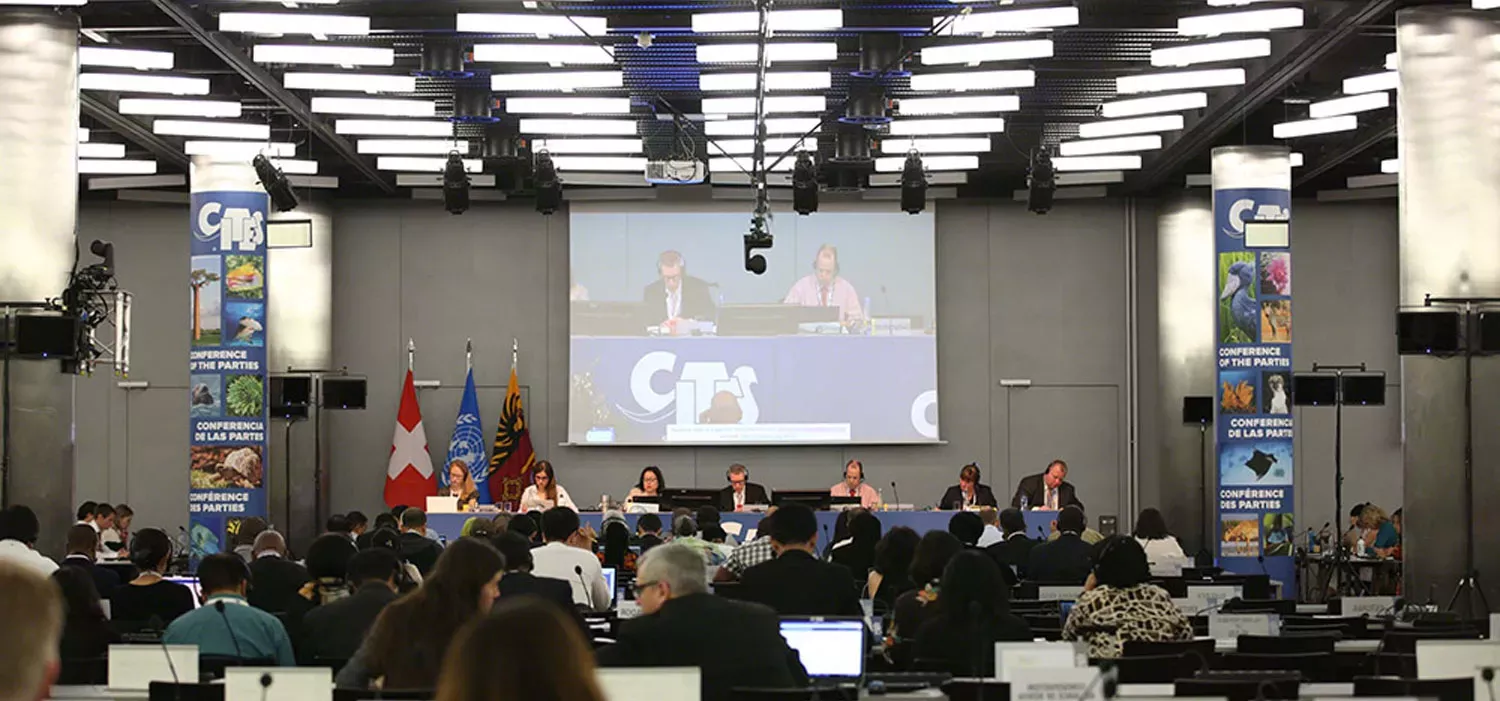
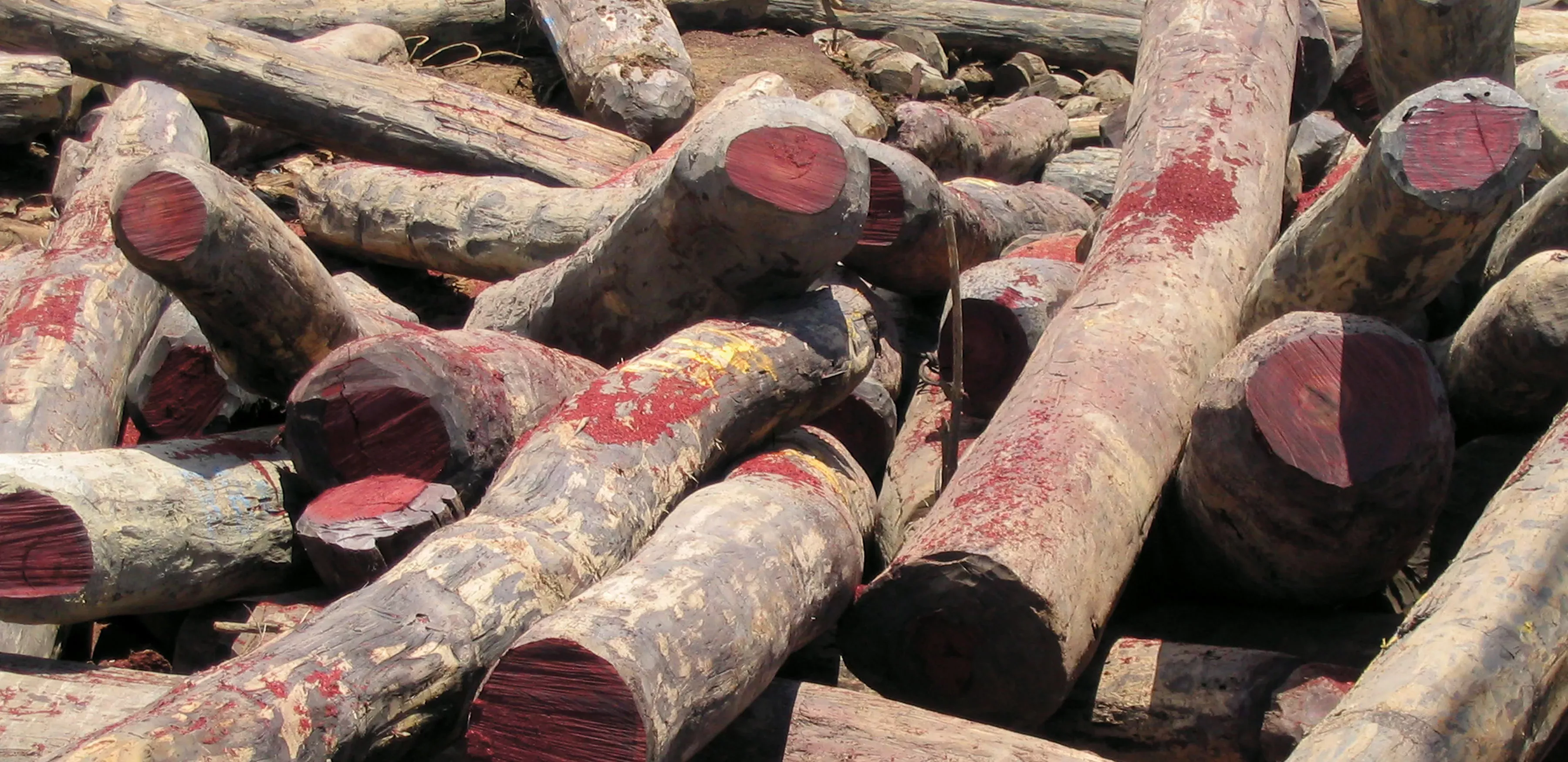
Plant matters
Tropical timbers are highly valued commodities and rosewood is the most widely traded illegal wildlife product in the world. CITES CoP18 saw strengthened regulations for tropical trees, including all cedars from the neotropics (genus Cedrela), the Mulanje Cedar (Widdringtonia whytei) from Malawi and a species of African rosewood (Pterocarpus tinctorius) to require trade permits.
A change to the current legislation was agreed to allow for the exemption of small finished rosewood items, such as musical instruments. This covers the following rosewood species only; Dalbergia spp., Guibourtia demeusei, Guibourtia pellegriniana, Guibourtia tessmannii. However, the conference rejected the proposal to remove Indian rosewood (Dalbergia sissoo) from the trade permit regime on the grounds that it is difficult to identify this species from other species in the genus Dalbergia. The listing of the whole genus of Dalbergia rosewoods is important to enforce the CITES listing, removing one species could possibly facilitate laundering, fraud and illegal trade.
The conference also accepted finished products of cape aloe (Aloe ferox) in the retail trade to be exempt from requiring trade permits, this will be monitored to ensure there are no conservation impacts. Additionally, the conference agreed to expand the scope of Afrormosia (Pericopsis elata) on CITES to include plywood and transformed wood to prevent any trade circumvention and help with conservation efforts for this tree.


Looking forward
The decisions that were made at CoP will come into effect 90 days after the meeting, meaning that any new CITES listings or changes will be implemented globally at the end of November 2019.
Over the next three years, we will be identifying those species which may be in decline due to trade and would benefit from being listed on the CITES Appendices. We will also be looking at identifying species that are doing well and could potentially be considered for removal from the CITES Appendices. The next Conference of the Parties, CoP19, will be hosted by Costa Rica in 2020.



